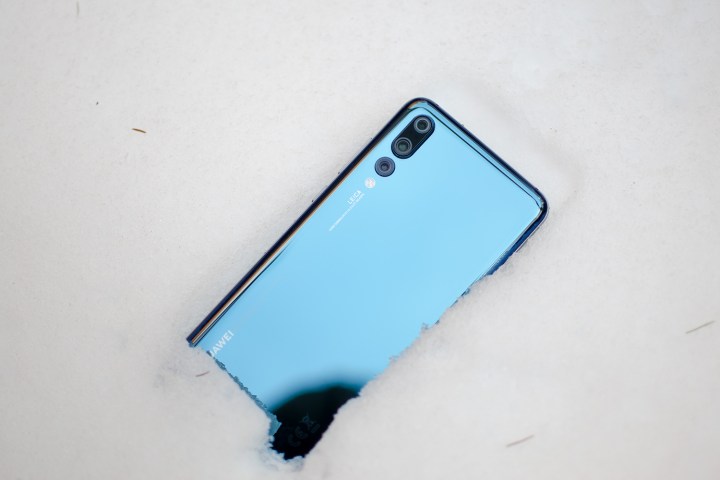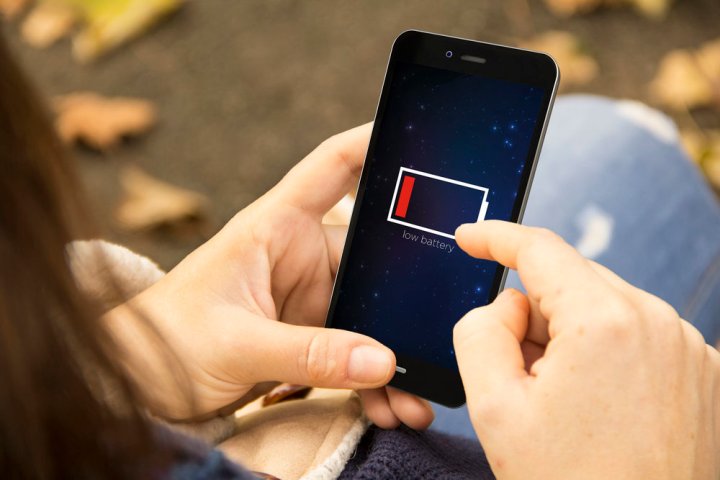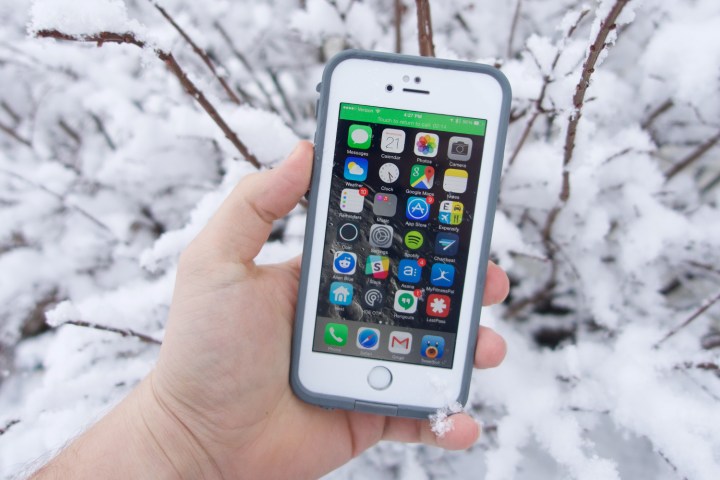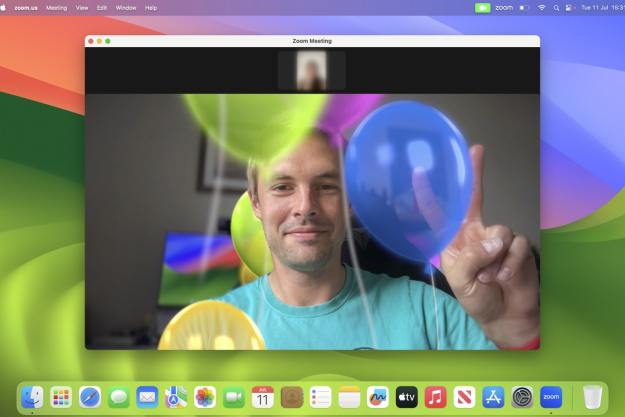
Whether you love it or hate it, below-freezing temperatures are a fact of life for many, and that also means adapting to snow, freezing rain, and other conditions. But cold weather doesn’t play well with smartphone batteries, and if you’ve experienced some super-cold temperatures recently, you may have noticed your phone’s battery isn’t lasting as long. In more extreme cases, it might even say it has more than enough battery left before randomly shutting down.
It doesn’t have to be this way. Here’s what you can do to make your phone last longer in cold weather.
Why does this happen?
It’s pure science. All smartphone batteries, whether lithium-ion (Li-ion) or lithium-ion polymer (LiPo), are made from a series of metal plates — split between a positive and a negative — held inside a bath of chemicals. The chemistry behind exactly how batteries work is complex, but in simple terms, recharging your battery fills the negative metal plate (the anode) with electrons and positive ions from the positive metal plate (the cathode). When the battery is full, the electrons and positive ions try to return to the anode, but are prevented by the chemical bath between the metal plates. They also move another way: Through the phone’s systems. The passage of electrons and positive ions through your smartphone provides the energy it needs to function.
Extreme temperatures of both kinds disrupt the careful balance these systems need to function properly. In this case, extreme cold increases resistance, reducing the amount of electrons and positive ions which are able to make it through the smartphone — effectively reducing your phone’s battery capacity. Worst of all, scientists don’t fully understand the careful balance needed, according to Live Science, so phone manufacturers aren’t able to account for the change — explaining why your phone’s battery indicator sometimes seems like it’s lying to you.
Cold temperatures below 32 degrees Fahrenheit (zero degrees C) will cause issues for your phone’s battery. Apple recommends iPhones are best suited to temperatures between 32 and 95 F (zero to 35 C), while Battery University highlights temperatures between 32 and 113 F (zero to 45 C). Battery University takes this further, recommending not to charge your phone in below freezing temperatures, lest you cause permanent damage to it.
What can you do?

So now you know why your phone’s battery is impacted by the serious cold, but what can you actually about it? While you can’t change the weather, there are a few steps you can take to make sure your battery lasts a little longer in even the most inclement of weather.
Activate battery-saving mode
The first good tip is making sure you’re eking out as much performance as possible from your battery. We’ve covered battery saving tips for iPhones and tips for phones like the Samsung Galaxy S9 before, but one of the best ways to ensure a longer-lasting battery is to flip on your device’s battery saving mode.
The exact way to do this will likely vary from device to device — for example, on a Samsung Galaxy phone, you’ll need to access your Battery menu under Device Maintenance — but most Android phones will allow you to toggle on a power-saving mode by pulling down the notification shade and selecting the battery-saving mode from your quick settings. On an iPhone you’ll find your low power mode under Settings > Battery > Low power mode.
Low power and power-saving modes on different devices will do different things, but common measures employed by these modes include switching off background data syncing, lowering display brightness, and throttling CPU performance to conserve power.
Keep your phone warm
Another great piece of advice is just to keep your phone as warm as possible. So if you have to take it outside, make sure it stays in your pocket and out of the cold wind as much as possible. Keeping it close to your body is also a good idea, as the gentle heat of your body will help to keep it warm. However, don’t be tempted to use an external heater like a hand warmer to keep it warm. While these may work for your hands, the sudden high increase in heat may do your phone more harm than good — plus, overheating a battery is just as bad as letting it get too cold.
Treat your phone with care and keep it insulated against the worst of the weather, and it’ll do a lot better than it would if kept in the cold.
Other protection against cold weather hazards

If you’re willing to spend a little money, then there are other ways to keep your phone’s battery from being affected by frozen temperatures.
Slap a case on it
Much like putting on a coat, having a barrier between your phone and the outside world is a great way to keep your phone slightly warmer. If you have a supported phone, Lifeproof offers some options with a fully waterproof seal that may help keep the cold out as well as water. But while cases offer some protection, they’re best used alongside the other techniques, not as a replacement.
Get a more protected phone
This is a much more extreme solution, and should only be considered if you consistently find yourself in freezing temperatures either as a part of your job or as a hobby. Many of the best rugged smartphones come with protection against extreme weather changes, and will probably cope much better with extreme weather conditions.
Things not to do
Packing a portable charger
Grabbing one of our favorite portable chargers may seem like a great solution to your problem — as the best antidote for lack of energy is … more energy! But charging in freezing temperatures can do permanent harm to lithium-ion batteries — and it likely won’t even charge properly. While having a portable charger is generally a great idea, make sure you’ve managed to warm your phone (and charger) up to above 32 F (zero Celsius) before you attempt to refill the rapidly draining battery.
Editors' Recommendations
- An Apple insider just revealed how iOS 18’s AI features will work
- 10 iPhone productivity apps you need to download right now
- We now know when Apple is adding RCS to the iPhone
- YouTube TV just got even better on iPhones and iPads
- iPhone not holding charge? How to replace an iPhone battery


